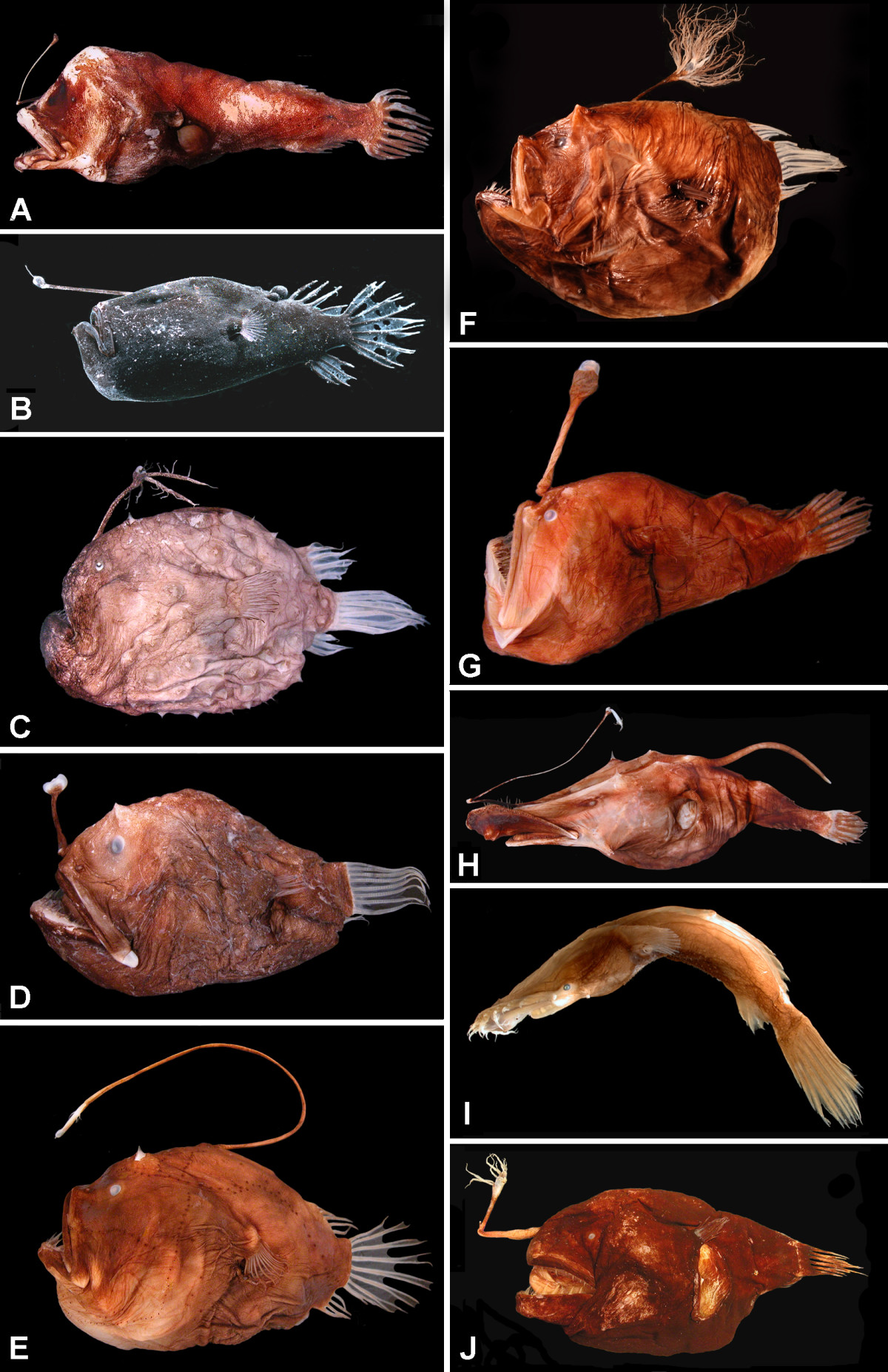|
Bulbous Dreamer
The bulbous dreamer, ''Oneirodes eschrichtii'', is a dreamer of the family Oneirodidae, found in all oceans, in deep water. Its length is up to 2.8 cm (1 in) for males and up to 29 cm (11 in) for females. See also * Angler fish References * * Tony Ayling & Geoffrey Cox, ''Collins Guide to the Sea Fishes of New Zealand'', (William Collins Publishers Ltd, Auckland, New Zealand 1982) Oneirodidae Deep sea fish Fish described in 1871 {{Lophiiformes-stub ... [...More Info...] [...Related Items...] OR: [Wikipedia] [Google] [Baidu] |
Christian Frederik Lütken
Christian Frederik Lütken (; 7 October 1827, in Sorø – 6 February 1901), was a Denmark, Danish zoologist and naturalist. In 1852, he resigned his commission as a lieutenant with the Danish army, and earned his master's degree in sciences the following year.Darwinarkivet.dk Christian Frederik Lütken (1827-1901) Afterwards, he served as an assistant to Japetus Steenstrup (1813–1897) at the University of Copenhagen Zoological Museum, at the time an independent institution, now part of the University of Copenhagen Botanical Garden, Natural History Museum of Denmark. Following Steenstrup's retirement in 1885, he became a professor of zoology and director of the zoological museum. As he grew older, he suffered from physical infirmities and during the last year of his life, he was strick ... [...More Info...] [...Related Items...] OR: [Wikipedia] [Google] [Baidu] |
Oneirodidae
The dreamers are a family, Oneirodidae, of deep-sea anglerfishes in the order Lophiiformes. They are the largest and most diverse group of deep-sea anglerfish, and also the least well known with 16 genera represented by only one, two, or three female specimens.Pietsch, Theodore W. and Kenaley, Christopher P. (2005)Oneirodidae. Dreamers.Version 5 November 2005 (under construction)The Tree of Life Web Project There are sixty-two species within the family, and that contains more females than males. They are found in deep, temperate waters around the world. They are small fish, the largest species only growing to about in total length Fish measurement is the measuring of individual fish and various parts of their anatomies. These data are used in many areas of ichthyology, including taxonomy and fisheries biology. Overall length * Standard length (SL) is the length of a fish .... The largest female size that is known is about 370-mm and the largest known male is 16.5 mm. Fe ... [...More Info...] [...Related Items...] OR: [Wikipedia] [Google] [Baidu] |
Family (biology)
Family ( la, familia, plural ') is one of the eight major hierarchical taxonomic ranks in Linnaean taxonomy. It is classified between order and genus. A family may be divided into subfamilies, which are intermediate ranks between the ranks of family and genus. The official family names are Latin in origin; however, popular names are often used: for example, walnut trees and hickory trees belong to the family Juglandaceae, but that family is commonly referred to as the "walnut family". What belongs to a family—or if a described family should be recognized at all—are proposed and determined by practicing taxonomists. There are no hard rules for describing or recognizing a family, but in plants, they can be characterized on the basis of both vegetative and reproductive features of plant species. Taxonomists often take different positions about descriptions, and there may be no broad consensus across the scientific community for some time. The publishing of new data and opini ... [...More Info...] [...Related Items...] OR: [Wikipedia] [Google] [Baidu] |
Angler Fish
The anglerfish are fish of the teleost order (biology), order Lophiiformes (). They are Osteichthyes, bony fish named for their characteristic mode of predation, in which a modified luminescent Fish_fin#Ray-fins, fin ray (the esca or illicium) acts as a Aggressive mimicry#Food as an attractant, lure for other fish. The luminescence comes from symbiotic bacteria, which are thought to be acquired from seawater, that dwell in and around the sea. Some anglerfish are notable for extreme sexual dimorphism and sexual Symbiotic, symbiosis of the small male with the much larger female, seen in the suborder Ceratioidei, the deep sea anglerfish. In these species, males may be several orders of magnitude smaller than females. Anglerfish occur worldwide. Some are Pelagic zone, pelagic (dwelling away from the sea floor), while others are Benthic zone, benthic (dwelling close to the sea floor). Some live in the deep sea (such as the Ceratiidae), while others on the continental shelf, such as ... [...More Info...] [...Related Items...] OR: [Wikipedia] [Google] [Baidu] |
Deep Sea Fish
Deep-sea fish are fish that live in the darkness below the sunlit surface waters, that is below the epipelagic or photic zone of the sea. The lanternfish is, by far, the most common deep-sea fish. Other deep sea fishes include the flashlight fish, cookiecutter shark, bristlemouths, anglerfish, viperfish, and some species of eelpout. Only about 2% of known marine species inhabit the pelagic environment. This means that they live in the water column as opposed to the benthic organisms that live in or on the sea floor. Deep-sea organisms generally inhabit bathypelagic (1000–4000m deep) and abyssopelagic (4000–6000m deep) zones. However, characteristics of deep-sea organisms, such as bioluminescence can be seen in the mesopelagic (200–1000m deep) zone as well. The mesopelagic zone is the disphotic zone, meaning light there is minimal but still measurable. The oxygen minimum layer exists somewhere between a depth of 700m and 1000m deep depending on the place in the ocean. Th ... [...More Info...] [...Related Items...] OR: [Wikipedia] [Google] [Baidu] |

